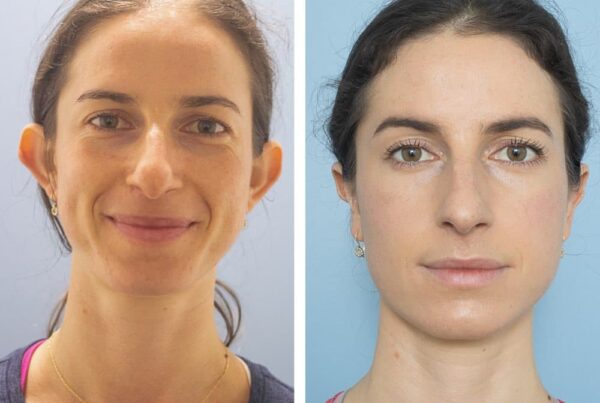Why might ear surgery be considered?
Ear surgery (otoplasty) is a procedure sometimes sought by people who have concerns about the position or prominence of their ears. In certain situations, Medicare recognises otoplasty as a procedure performed for medical rather than cosmetic reasons.
A consultation with Dr Sophie Ricketts is required to assess individual circumstances, outline potential risks, and discuss whether this surgery may be appropriate.
FAQ
What is Otoplasty?
Otoplasty is a surgical procedure that changes the position or shape of the ears. The operation usually involves an incision behind the ear to allow access to the cartilage, which may be reshaped or adjusted. In some cases, a portion of cartilage may be removed.
Otoplasty can be performed in both children and adults. As with all surgery, there are risks, including bleeding, infection, scarring, changes in sensation, and the possibility of further surgery. Recovery time and scarring vary between individuals.
When can I expect to see results?
After otoplasty, immediate improvements in ear appearance can be seen when the dressings are first removed. The final results will take a little longer to be seen due to swelling. Complete healing typically takes a couple of weeks and resolution of residual swelling may take up to about 4 weeks. There is often a requirement to wear a soft head band during this time of healing.
How young can an Otoplasty patient be?
Otoplasty may be considered once the ear cartilage has developed sufficiently, which is usually from around five or six years of age. The timing of surgery depends on factors such as ear development, overall health, and individual circumstances.
Although otoplasty is often performed in children, it can also be performed in adults. A consultation with Dr Sophie is required to assess suitability, outline potential risks, and discuss alternatives.


